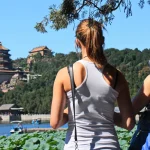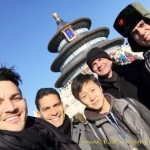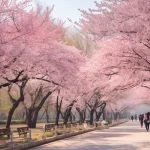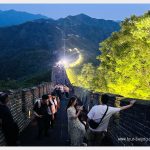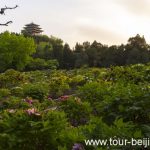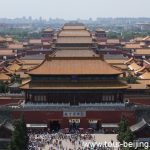Top 10 Attractions in Jiangxi
Planning for your Jiangxi Tour? Jiangxi (江西) is an underrated province for tourism. You may know about its northern neighbors like Huangshan and Hongcun Village. Jiangxi just offers the no less mesmerizing counterparts of Sanqingshan and Huizhou style villages around Wuyuan as well. With Nanchang (南昌) as its capital, Jiangxi Province is centered along Gan…
